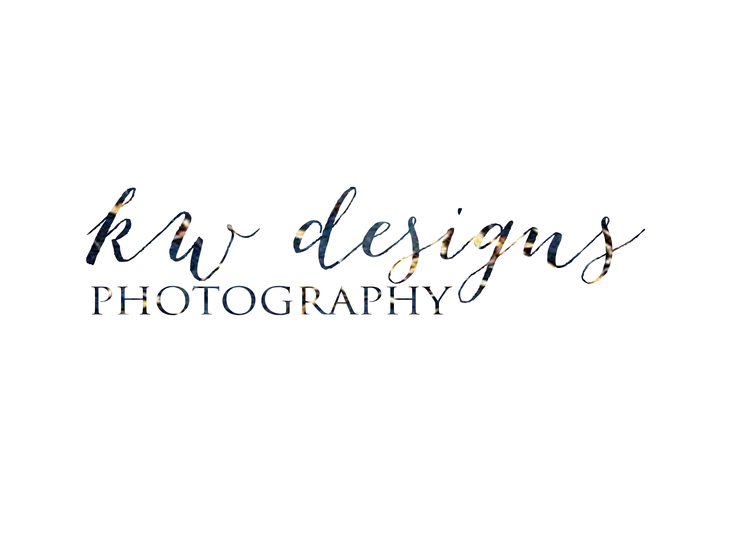Hi, it's Kim here! Just wanting to write today about a helpful book I ran across for beginner photographers and mom's with cameras looking to improve their shooting skills.
I have had quite a few inquires this year on teaching folks how to "use" or "shoot on" their DSLR cameras. This is very fun for me because before I became a full time photographer, I was a full time high school Media Technology teacher and that's what I did daily: teach people how to use stuff. So, it's kinda fun to tip toe back into demonstrating and instructing. However, I will warn you that teaching adults is not exactly like teaching kids. As adults, we create road blocks for ourselves, often we talk ourselves out of many things, and it's easy to put stuff off until tomorrow. Kids, on the other hand, usually pick up and go full throttle because exploring something new is fun. They learn things along the way because of all the mistakes they make such as losing images, taping endless footage, and losing their timelines or editing palettes, etc. For adults...we just want to know the quickest, easiest way to make it work and work well. And that's ok! The pace is different for sure.
So, I've had endless opportunities to learn and educate myself recently since starting my business. I feel that creatives are always looking for a bigger challenge or a different way to express themselves. I recently attended a photography conference in Atlanta and I was inspired by one speaker. He said we "creatives" get bored, because we are so creative... but when you get that way, give yourself a personal project, a personal challenge let's say, to work on and explore. You'll be surprised what you come up with.
In putting two and two together, I ran across this book at my local library called:
"Capture the Moment" by: Sarah Wilkerson, CEO, Clickin Moms.
I will start off with this is my personal viewpoint and I am not a member of Clickin Moms. But, Clickin Moms is "the photography industry's largest social network" and can be an amazing resource for guides, videos, and other supportive photographers that will help train and guide you along your journey.
This is a very small overview of each chapter as the author goes into extensive detail on each concept and opportunity in the book.
Chapter 1 - Natural light - various types of lighting situations that you will find or can create in your own home and surroundings.
Chapter 2 - Composition - your lines, framing and distance, including the surrounding elements in your frame.
Chapter 3 - Storytelling - location, conflict, light and details.
Chapter 4 - Fine Art - emotions, mood, and critical elements.
Chapter 5 - Black and White - emphasize timelessness, directional light, using lines.
Chapter 6 - Low Light - increase your ISO, color temperatures, shoot for the mood, and experimentation.
Other features included in the book are creativity exercises for you to try at home at the end of each chapter. There is also a technical photography vocabulary reference page to explain many terms used in the industry. A contributors directory is included in the back of the book with a short bio of each photographer that had work featured in the book for examples.
I think this is a spectacular book for anyone just starting out with photography. Or maybe someone that needs to be inspired by looking at their environment differently. I tell my camera students to start off small, photograph everyday moments at home. Challenge yourself with your surroundings. Instead of getting a picture of everything in focus in the room, pick something small, such as your child holding a pencil and see if you can get the pencil tip on the paper sharp and in focus and everything else "blurry" in the shot. Sure, I can tell you how to achieve that shot, but can you figure out how to operate your camera, and take that shot yourself? Once you figure it out, it will be easier to recall and you will remember what you did when you are at a place and you want a shot just like that.
In my honest opinion, photography is 50% taking the picture. What are you imagining, envisioning, and what can you see? Nine times out of ten when I'm shooting, I have already "seen" or imagined the shot in my head. Capturing the moment, I call this (which is why the book stuck out to me, by the way). Are you painting with the light that is around you, are you aware of the environment surrounding you, and have you set your camera to it's maximum capabilities?
The other 50% of photography, in my honest opinion, is post processing. What does a photographer or hobbyist do with the picture after the session is over? Well... that is truly a totally different blog post, but in short we upload, cull, color correct, trim and edit, export to specifications, present, and PRINT. Yes, I print my images. Not every single one, but I do print, create artwork or gifts out of quite a few of my photos regularly. And that's usually when a family member or friend admires my work, when it's printed and they see it displayed in my house. And those, my friends, are the moments I remember fondly...the moments that are on my walls... The everyday moments that I get to relive and smile at everyday. I hear smiling lowers your blood pressure, by the way. Display your most favorite moments in life in your home, you'll never regret it.

